The Electric Quilt Company is 30!
The Electric Quilt Company’s Story – How It All Began
We’re celebrating 30 years! Since the pearl is the traditional symbol for 30 years, we’re sharing EQ Pearls of Wisdom from our friends! See all Pearls of Wisdom posts. We hope you enjoy the tips and tricks you learn along the way and discover some new quilters or catch up with your favorites! Also, we’d love to hear about YOUR journey with EQ so feel free to tell us your story in the comments on any post! A big THANK YOU to all our customers for your support over the years. We’re looking forward to many more! ![]()
This week’s featured friend: Karen Ackva!
A bit about Karen!
Karen is a small business owner and the friendly face behind easypatchwork – her quilting and training company. She teaches patchwork techniques such as binding & foundation piecing, writes and publishes her own patterns, and teaches EQ8 software.
Her quilt patterns can be found in American publications such as Quiltmaker, McCall’s Quick Quilts, McCall’s Quilting, and her own blocks have been shared in the now retired Quiltmaker’s 100 Blocks magazine. Her work can also be found in international publications such as the German Patchwork Professional.
She loves to take techniques apart, simplify them and put them back together in an easier way to understand. She is also known to combine techniques in her patterns. Although she has a contemporary feel to her quilts, she describes herself as a modern traditionalist.
Karen lives with her husband, two school-aged children, and a loyal, four-legged friend in Bavaria, along the Danube river in southern Germany.
When did you start using Electric Quilt and how has it changed your quilting life?
Karen discovered the EQ software in 2004 while awaiting her first child. She bought the software, read the workbooks and diligently went through the exercises. She managed to design four to six projects that year and made two quilts – a baby quilt for her own son and an anniversary quilt for her in-laws.
Today, she designs dozens of projects each year pressing the limits of EQ and how many blocks and quilts each workbook can hold. She has put over 500 blocks into some of her projects with multiple colorings and the workbook still has room for more self-designed blocks.
Although Karen is math savvy, that subject being the second best in her academic record, art being the first, she has embraced the benefits of EQ. The program puts all of the guess work out of calculating patch, block and quilt sizes and allows her to focus on quilt design – her first love.
What is your EQ “Pearl of Wisdom” for EQ users?
There are so many “pearls” that she would love to share with you. Here are just a few:
- If you design a lot of quilts (or are professional quilt designer), organize your projects starting by naming the project file 1) first with the year and 2) second with the purpose or recipient of the quilt. After designing and making hundreds of quilts, this has become an essential step for me to stay organized.
- If you are new to the program, the pre-defined quilt layouts are a great help to orient your designs and get a feel for designing especially traditional quilts. As you grow as a quilt designer, embrace the Custom Layout design to really unfold and allow your artistic potential to flourish.
- Use the Libraries not only to search and find blocks but also to store your own blocks and fabrics. You can create your own favorites folder to quickly reference (self-designed or pre-made) blocks, fabrics, layouts, etc. This also helps when you are looking up a block you designed years ago and forgot which project file it was saved under. You can even create subfolders.
- Learn the shortcuts within EQ. The fantastic designers and programmers at the Electric Quilt Company went through great lengths to create shortcuts and hotkeys to make using the software efficient and friendly. Many of these are in alignment or are the same as with other software programs. The shortcut keys are usually referenced in the ribbon at the top of the program or found in numerous workbooks published by the company.
- My favorites hotkeys are:
- CTRL + Z: undo last edit or change (Note: CTRL is CMD on Macs)
- Left Click + Shift: to grab multiple items at once to move or relocate
- Spacebar: change the direction of a curve when creating a pieced block
- Click + Shift Key: to ungrab a section when planning the foundation piecing order
- Mouse Right Click: usually the joker in the pack of shortcut keys and always helpful
- Create new colors instead of a using fabric. You might not know current fabric collections but already have a pre-set color palette in mind. No problem. There are so many fun ways to create new colors such as changing the shade, tint or tone (color value) or creating gradients of two colors. You can then map them to a predefined fabric palette such as Kona Cotton Solids or Batiks from your favorite fabric manufacturer. Learn more about the color wheel on Karen’s blog post.
What are you up to now and what do you have coming up?
Karen continues to write and publish her own patterns specializing in foundation piecing and modern quilts. She also teaches at the patchwork conventions such as Nadelwelt in Germany and can be booked for group sessions and guilds. Find out more here.
Giveaway
Karen has designed a quilter’s color wheel (based on a painter’s color wheel) for you to sew yourself. The wheel’s center consists of primary and secondary colors. She has designed two slightly different color wheels for you to try, one being a mini quilt (12” center block) and other a midi quilt (20” center block).
The color wheel is built with the primary colors forming a triangle in the center. Turn the triangle 60° and you have the secondary colors – adjacent primary colors mixed with each other. Venturing outwards one additional ring, you will find gradients of the primary and secondary colors. The next ring shows Flying Geese in black and white pointing to the shades and tints respectively. Sandwiched in between are the tones (main color with gray added) while the outer most ring uses a range of tints (main color mixed with white) and shades (main color mixed with black). She used the special functions of EQ8 to add tints, shades and tones more commonly known as the color value. Load your favorite color palette and map to those fabrics for your own customized color wheel or use scraps from your scrap bin. Both projects are designed with templates for your to print at any size you wish or use one of the two custom quilts included in the project. Don’t forget to reference the photo explaining the color wheel in detail on the Photos Tab.
- Hope you enjoyed this “pearl” of wisdom. Feel free to share your EQ story or a “pearl” of your own in the comments! Stay tuned for our next post!


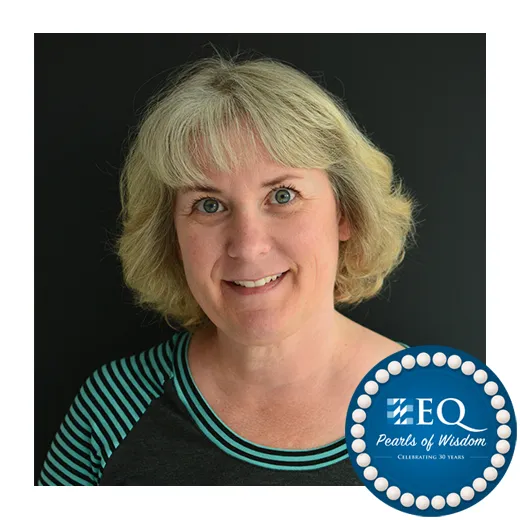
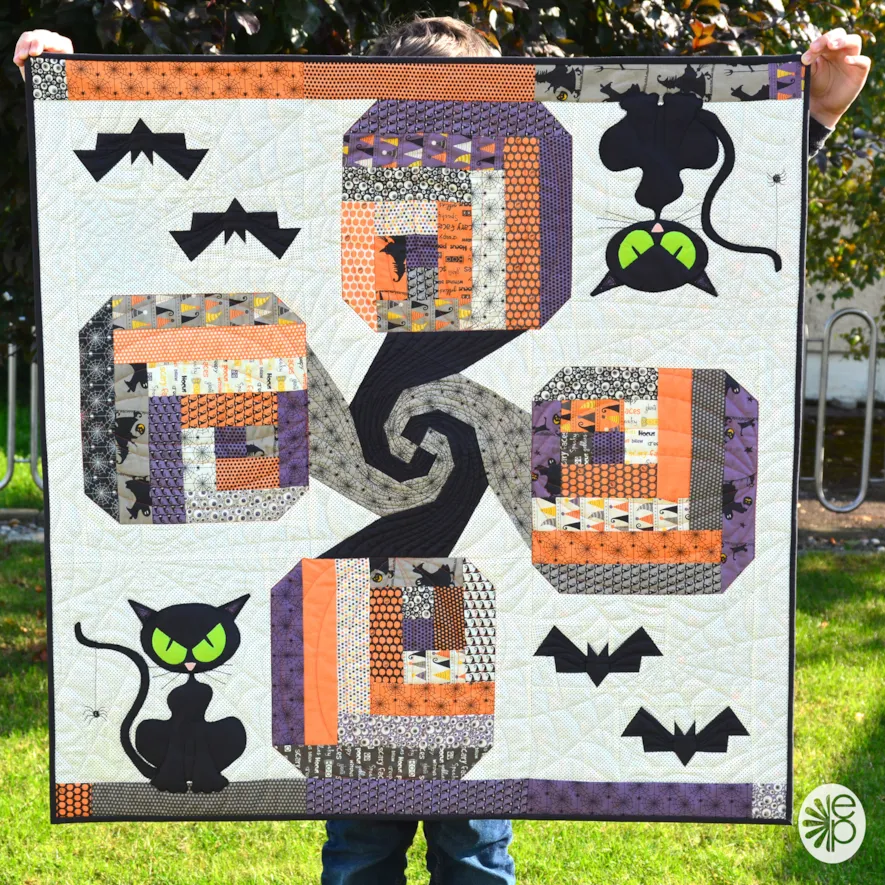
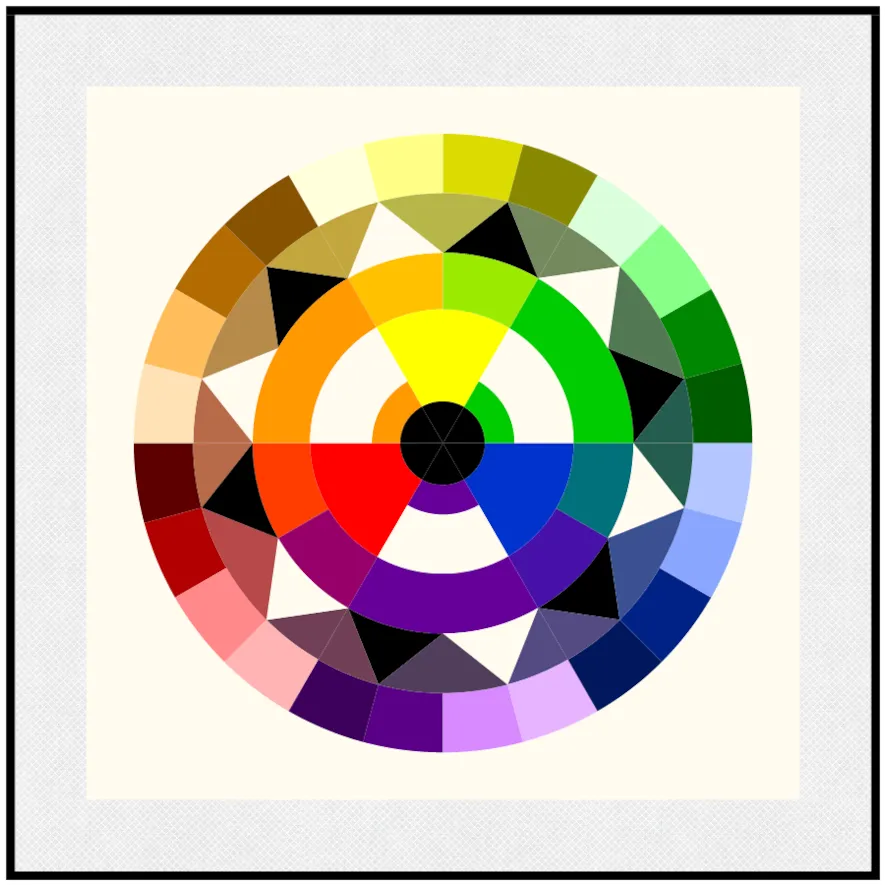
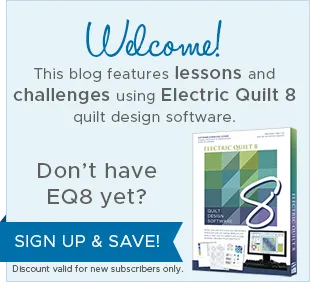
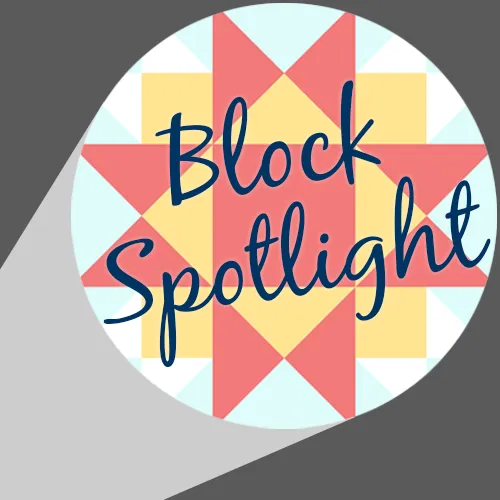
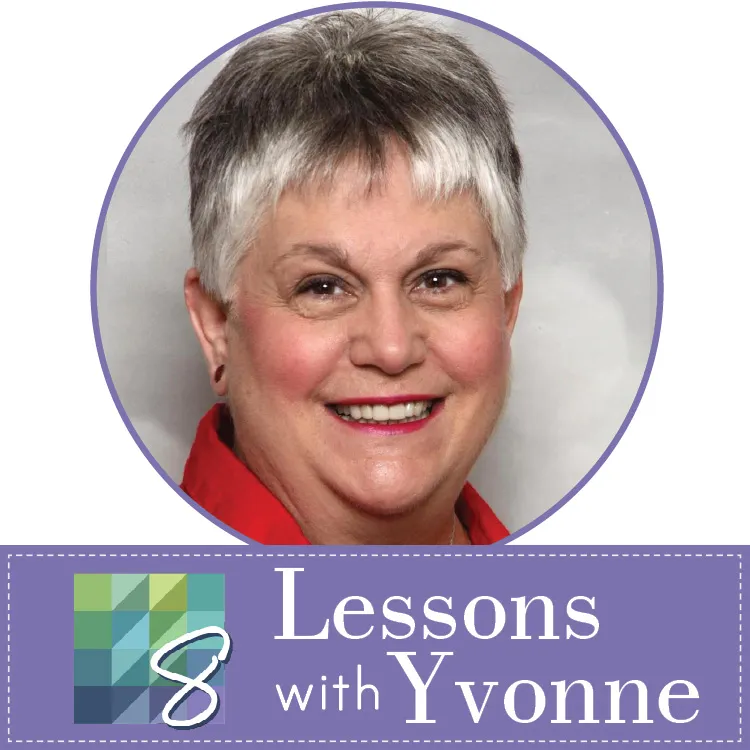
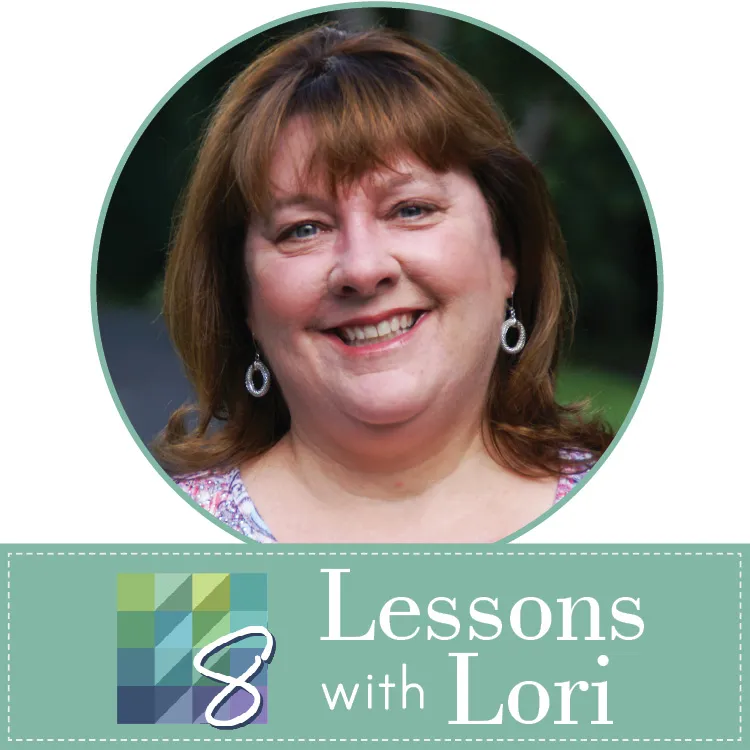
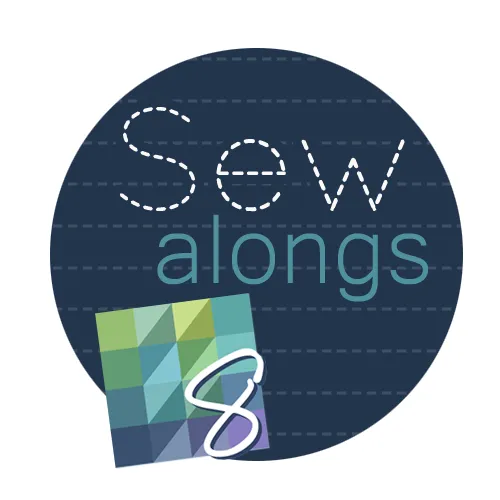
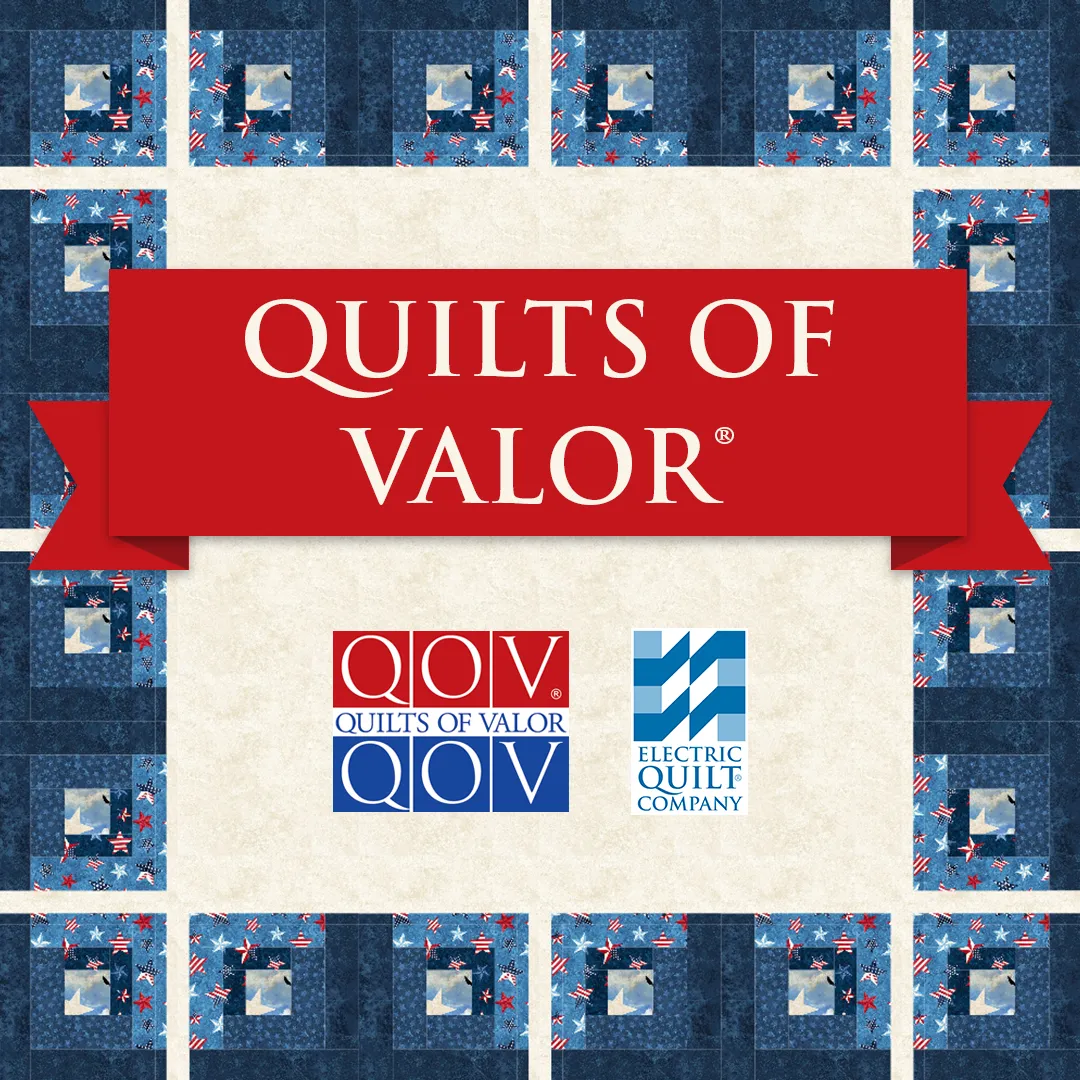
06-08-2021
11:53 am
Wow….I’ve been an EQ user and early teacher since it was a DOS program and never knew some of this fun stuff you could do on EQ! It was so exciting back then when we were all learning to even use a PC let alone a program for quilters. Penny and Dean answered our many questions and listened to our suggestions for what we wished EQ could do. Who ever thought it would have all the capabilities of today’s program!
Congratulations on 30yrs amazing years!
“clooless” Linda K. Butternut, WI
06-08-2021
2:07 pm
Thanks for the wonderful post. I have learn many new things on using EQ8. I can not wait to try to set up my own library. How to label all the quilts ideas and blocks. this is keeper post. I am going to read it again and study while I play with EQ8.
06-08-2021
3:08 pm
I love EQ8 – use it all the time – and I love to learn about new tips and tricks. Thank you! Interesting side note – I was just looking back at some photos I had taken on this day several years ago and was reminded of a quilt I had made with the same fabrics that you used in your “Bad Kitty” quilt. It was such a surprise to scroll down and see your quilt!